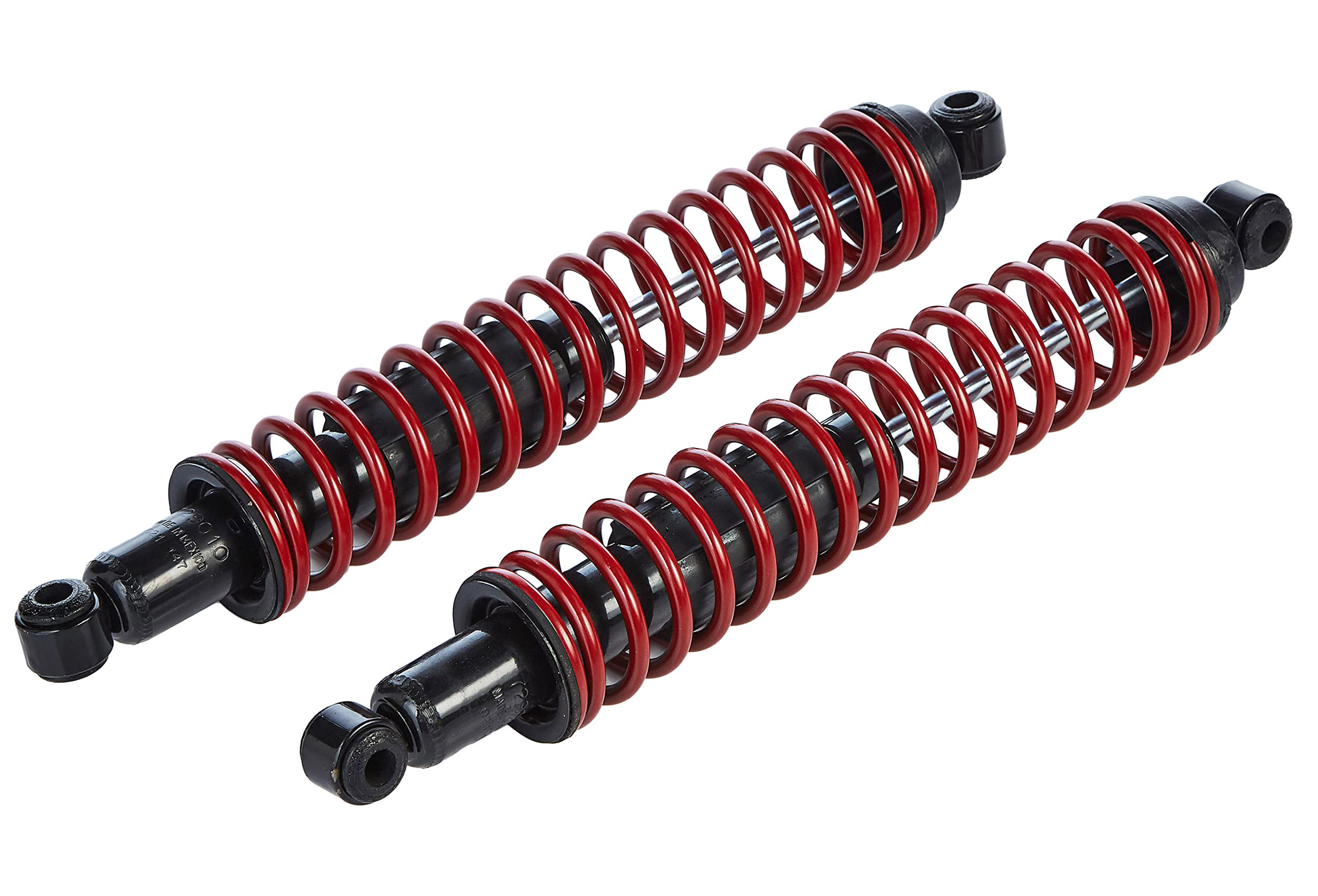Introduction
Shock absorbers are an essential component in any vehicle’s suspension system. They are designed to absorb the shocks and vibrations caused by uneven road surfaces, allowing for a smoother and more comfortable ride. In this article, we will discuss the function, types and maintenance of shock absorbers.
Function of Shock Absorbers
The main function of shock absorbers is to control the movement of the vehicle’s suspension system. They do this by converting kinetic energy (caused by bumps and uneven surfaces) into thermal energy, which is dissipated as heat through hydraulic fluid. This process helps to keep the tires in constant contact with the road surface, providing better handling and stability.
Types of Shock Absorbers
There are several types of shock absorbers, each with its own unique design and function. The most common types are:
Twin-tube shock absorber: This type has two tubes, an inner one containing the piston and oil, and an outer one that serves as a reservoir for excess oil. These shock absorbers are generally considered less durable and have a limited range of motion.
- Monotube shock absorber: This type has a single tube with a piston and oil contained within it. They are more durable than twin-tube shocks and have a wider range of motion.
- Coilover shock absorbers: These are typically used in high-performance vehicles and consist of a shock absorber and coil spring integrated into one unit.
- Air shock absorber: Instead of using hydraulic fluid, these shocks use compressed air to absorb shocks and vibrations. They are commonly found in luxury vehicles and offer a smoother ride.
- Electronic shock absorber: These shocks use electronic sensors and valves to adjust the damping force according to road conditions. They provide a more customized and responsive driving experience.
Maintenance of Shock Absorbers
Like any other component in a vehicle, the shock absorber front requires regular maintenance to ensure optimal performance. It is recommended to have them checked every 50,000 miles and replaced every 75,000 miles. Signs that your shock absorbers may need replacing include uneven tire wear, bouncing or swaying while driving, and excessive noise or vibration.
To maintain your shock absorbers, make sure to check for leaks or damage regularly. Keep an eye out for any changes in the handling or performance of your vehicle, as this could be a sign of worn shock absorbers. Regularly cleaning and lubricating the suspension system can also help prolong the life of your shocks.
Conclusion
Shock absorbers play a crucial role in providing a safe and comfortable ride. Understanding their function, different types and maintenance needs can help you make informed decisions when it comes to your vehicle’s suspension system. Properly maintained shock absorbers can not only improve the performance of your car but also ensure a smoother and more enjoyable driving experience.
So, be sure to keep an eye on them and have them checked regularly by a professional mechanic.

